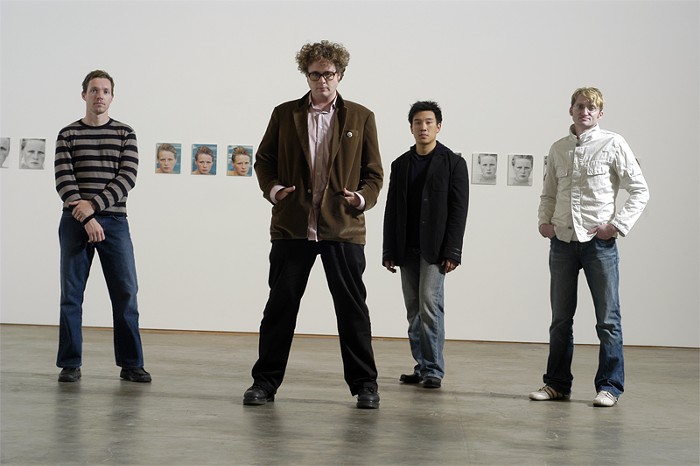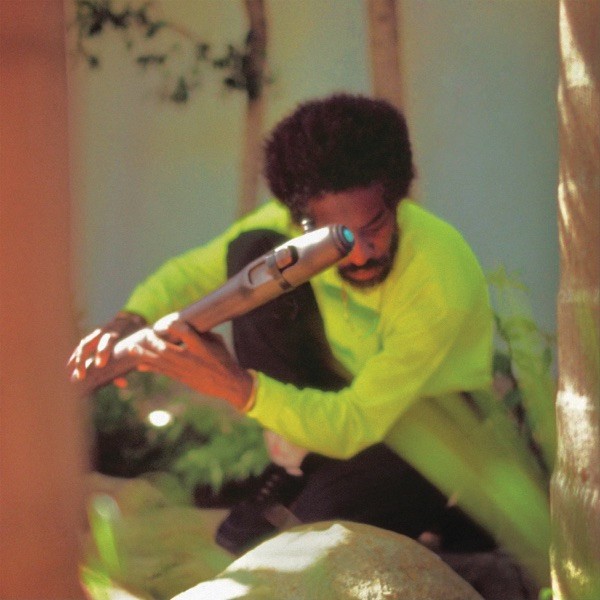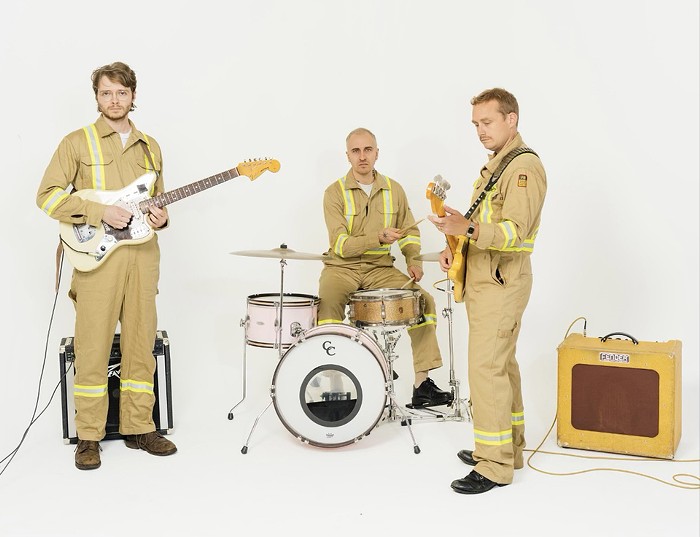Why have pure sine waves reappeared in music? Most of us have heard the sine tone's signaling power on TV medical dramas. Depending on the decade, it might have been Medical Center, St. Elsewhere, ER, or Grey's Anatomy, yet the sound and scene remain the same: a terminal hospital patient, tethered to life-sustaining apparatus, finally expires; the camera cuts to a flat line crawling across a monitor as a single monotonous sine tone signals death.
For composers, sine waves have held a seductive promise for decades. In 1952, Karlheinz Stockhausen, slaving away in Paris under the skeptical eye of musique concrète inventor Pierre Schaeffer, tried to put the theory of mathematician Jean-Baptiste Fourier into practice and synthesize complex sounds by piling up simple sine wave upon sine wave. The goal? To subject timbre to serial procedures; if notes, volume, and rhythm can be arranged with mathematical precision, why not tone color? Poor recording equipment, ignorance of phase relationships, and unstable oscillators doomed the project to failure. A decade later, sine-wave generators assisted La Monte Young and others in exploring alternate tuning systems.
Today, software reliably and accurately renders sine waves. A raft of sound artists, notably Ryoji Ikeda and Sachiko M, employ the penetrating yet blank tone quality of sine waves to pinpoint our attention and starkly delineate all surrounding sounds without obliterating them.
In S. Lyn Goeringer's captivating sound installation Huldre, the sine tone, responding to every movement, signals life. Walk, lean, or pause among Huldre's suspended metal grids, and sine waves coalesce into dissonant clusters or chime like beautiful bells or caress the ear with unusual and often beautiful music.
Huldre is at Jack Straw Productions, 4261 Roosevelt Way NE, 634-0919, Mon—Fri 9—6 pm, free. Through Oct 27.


















